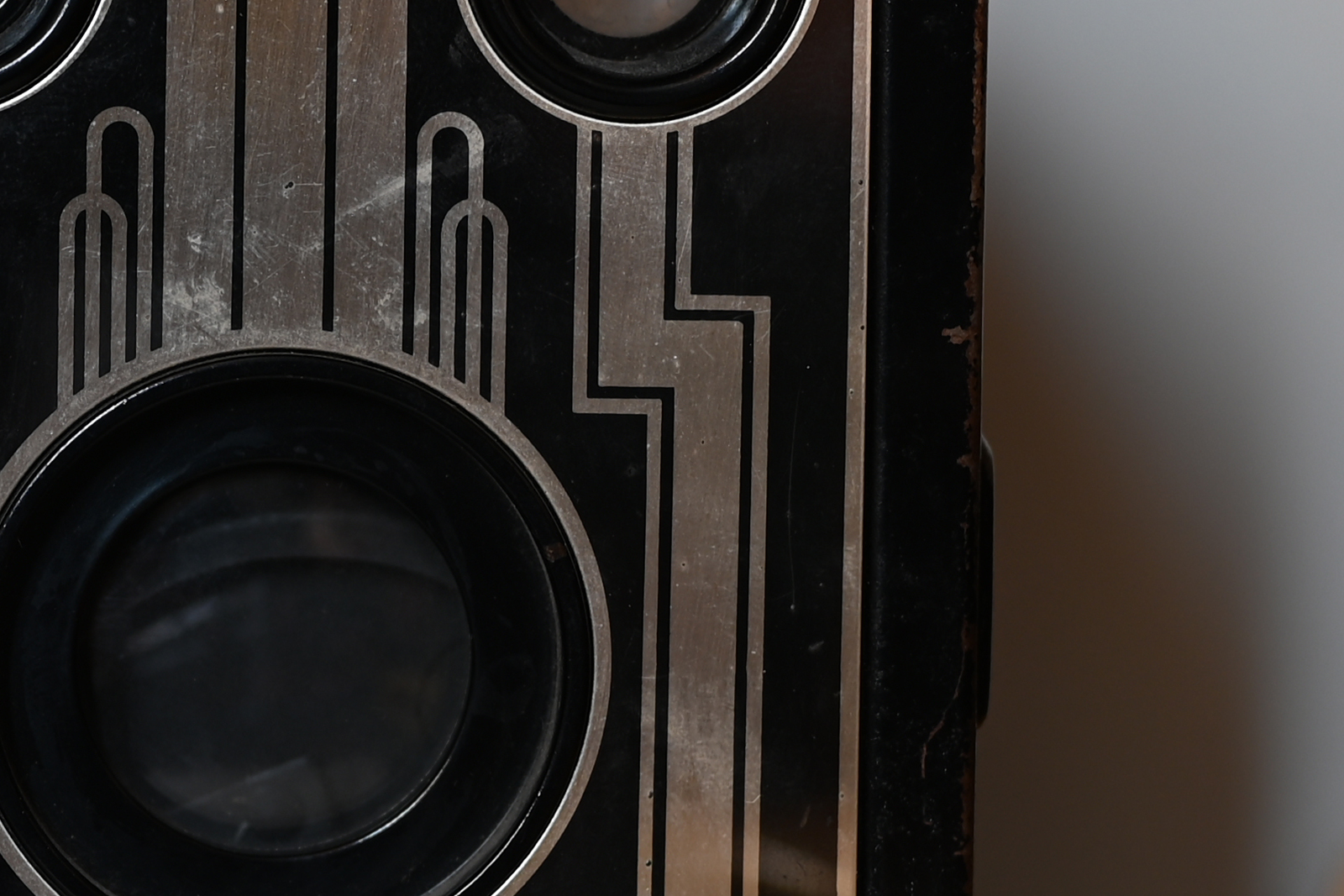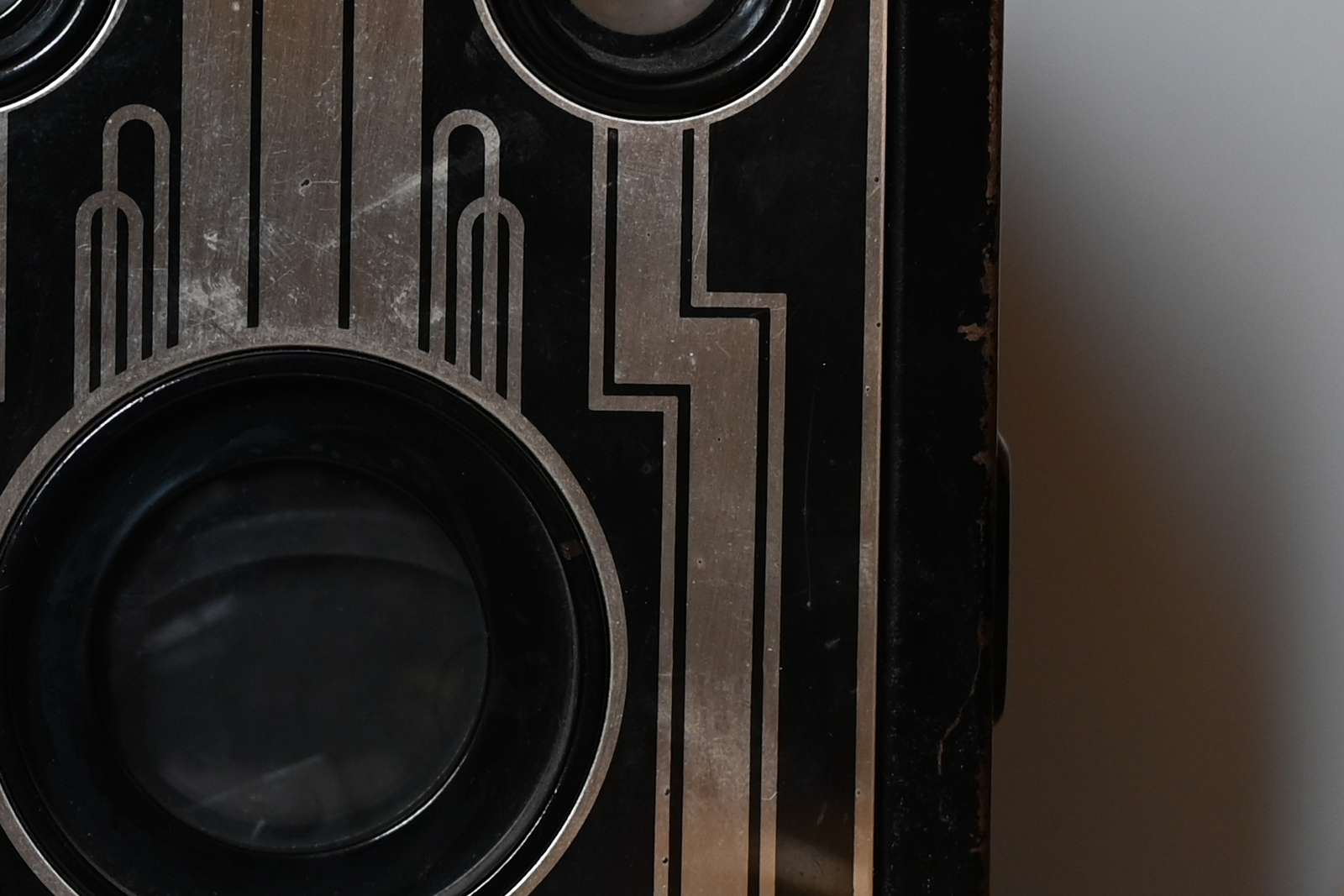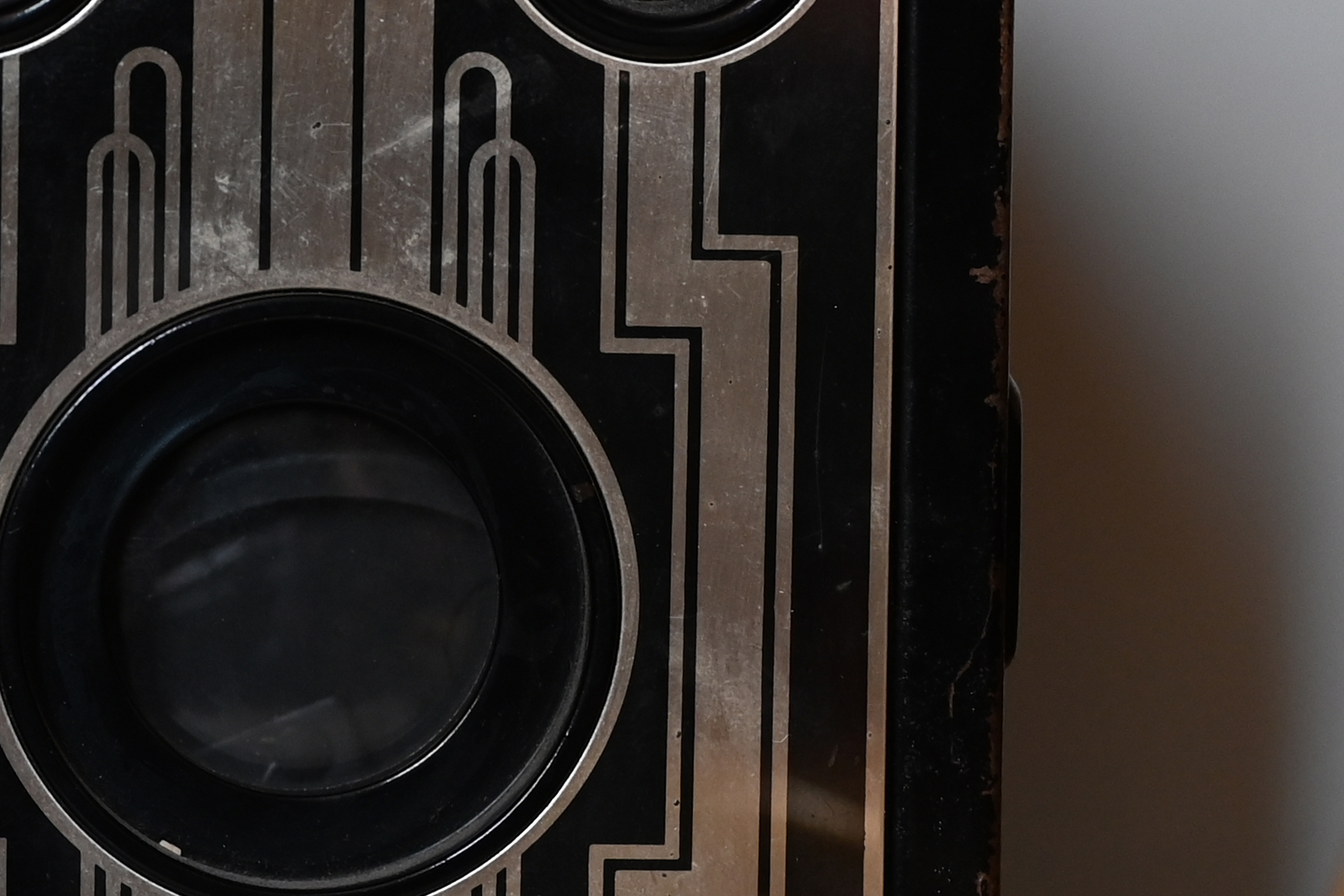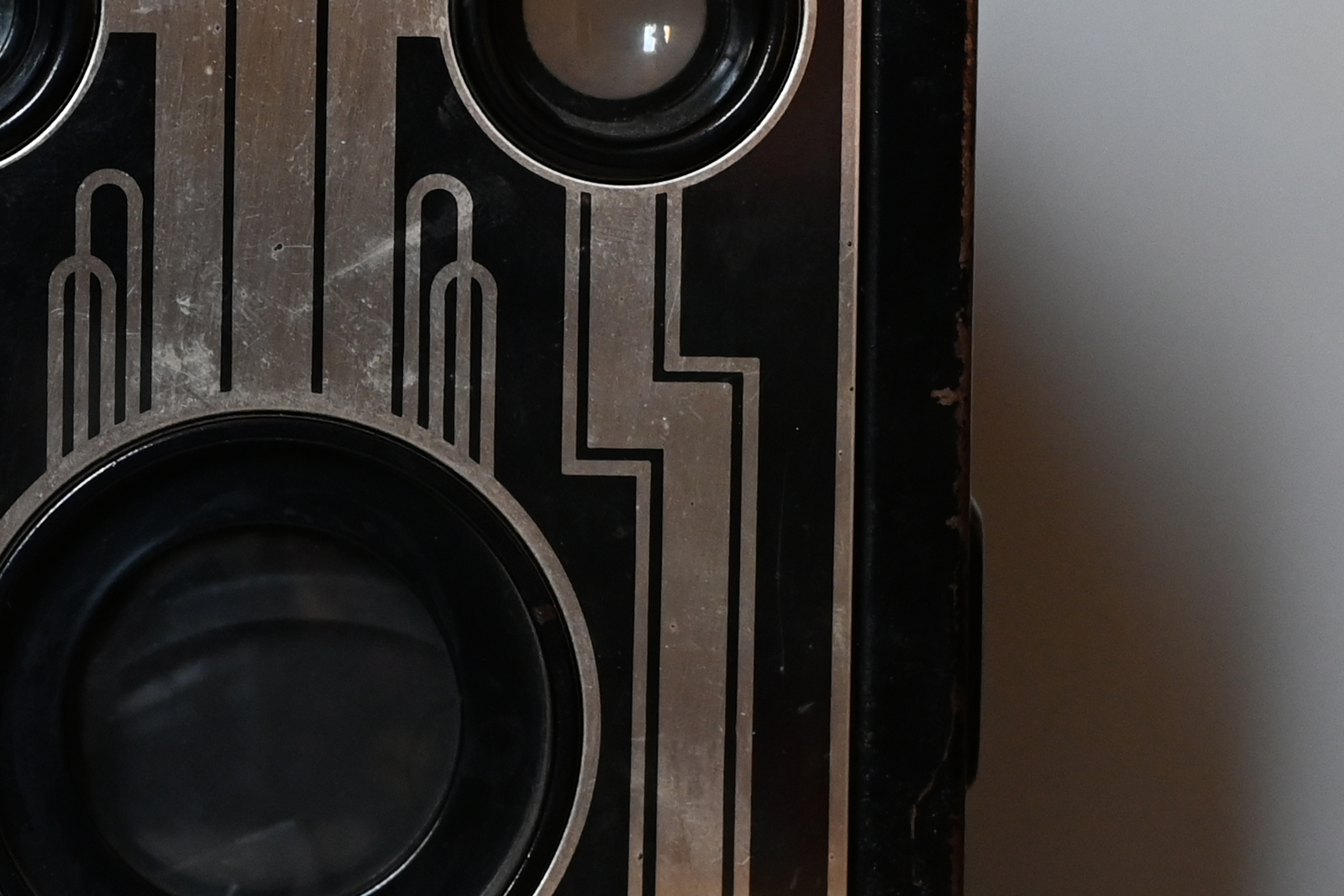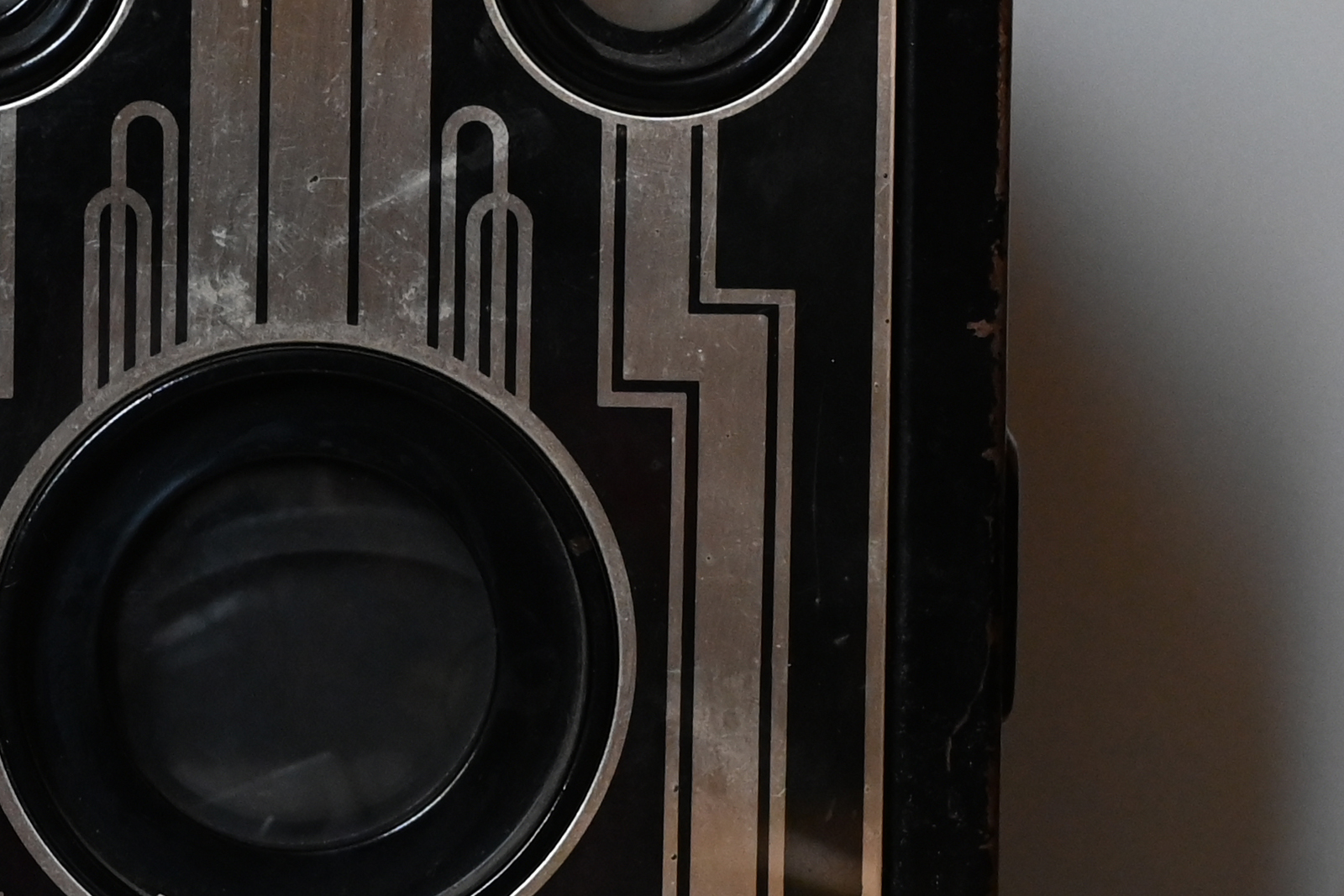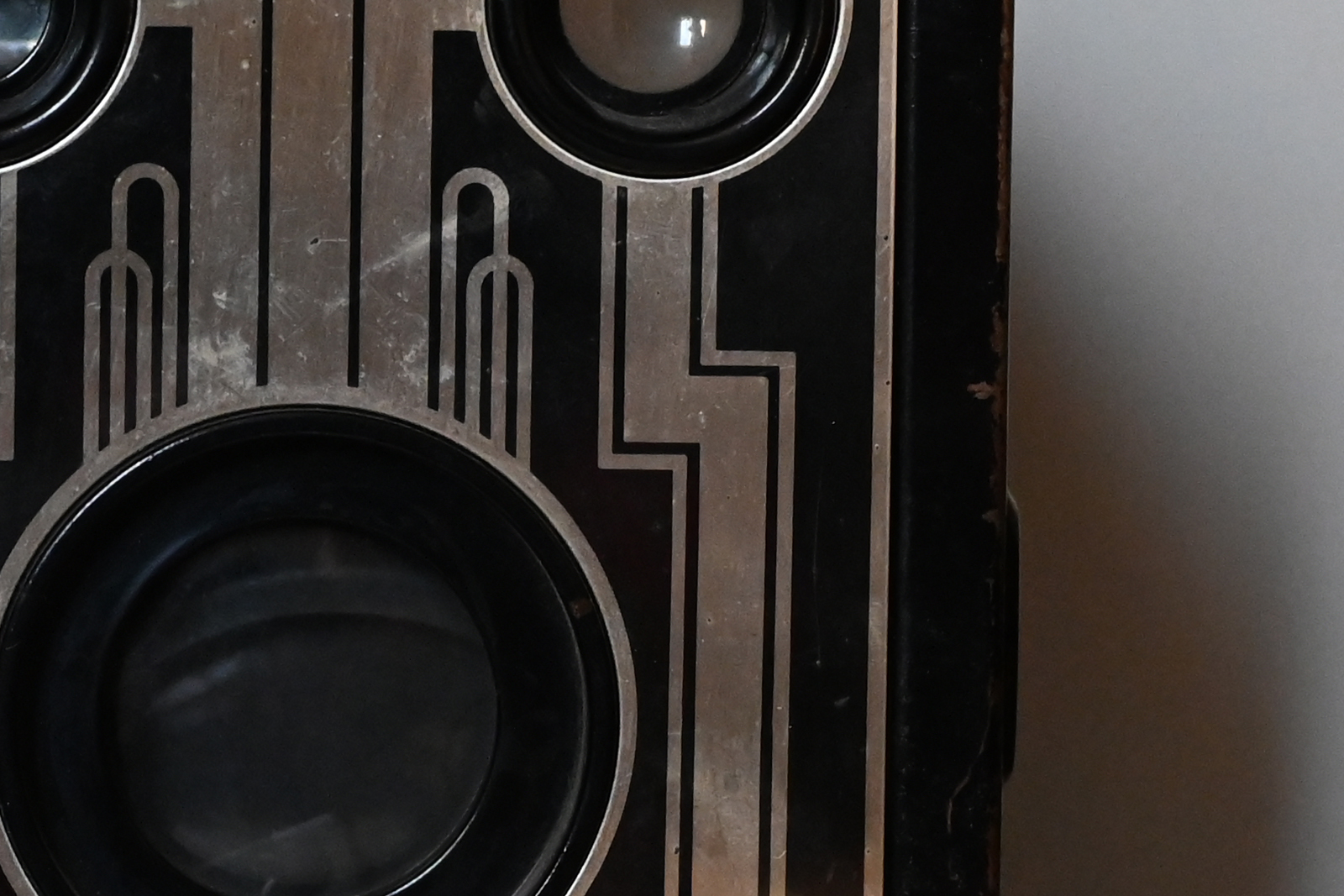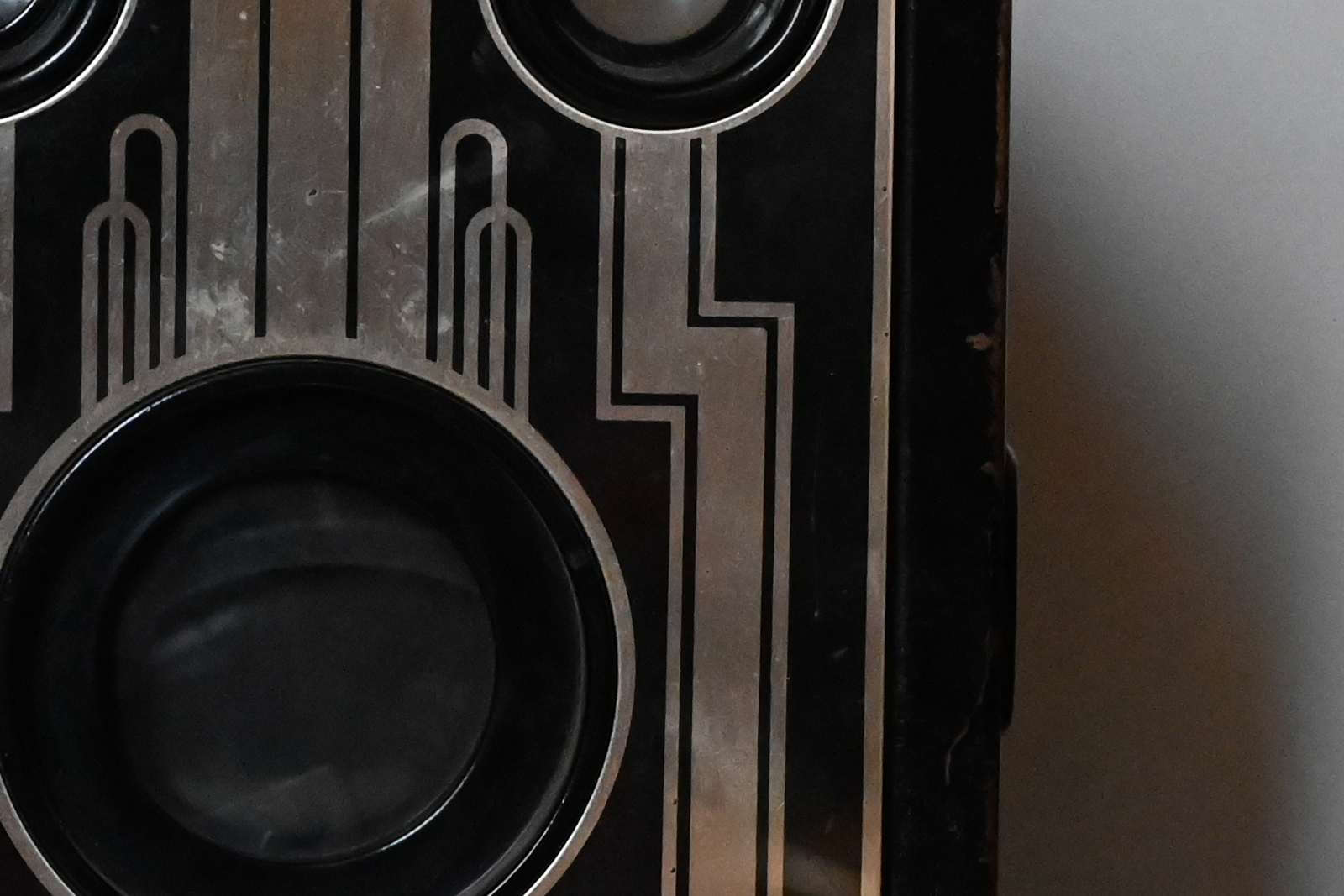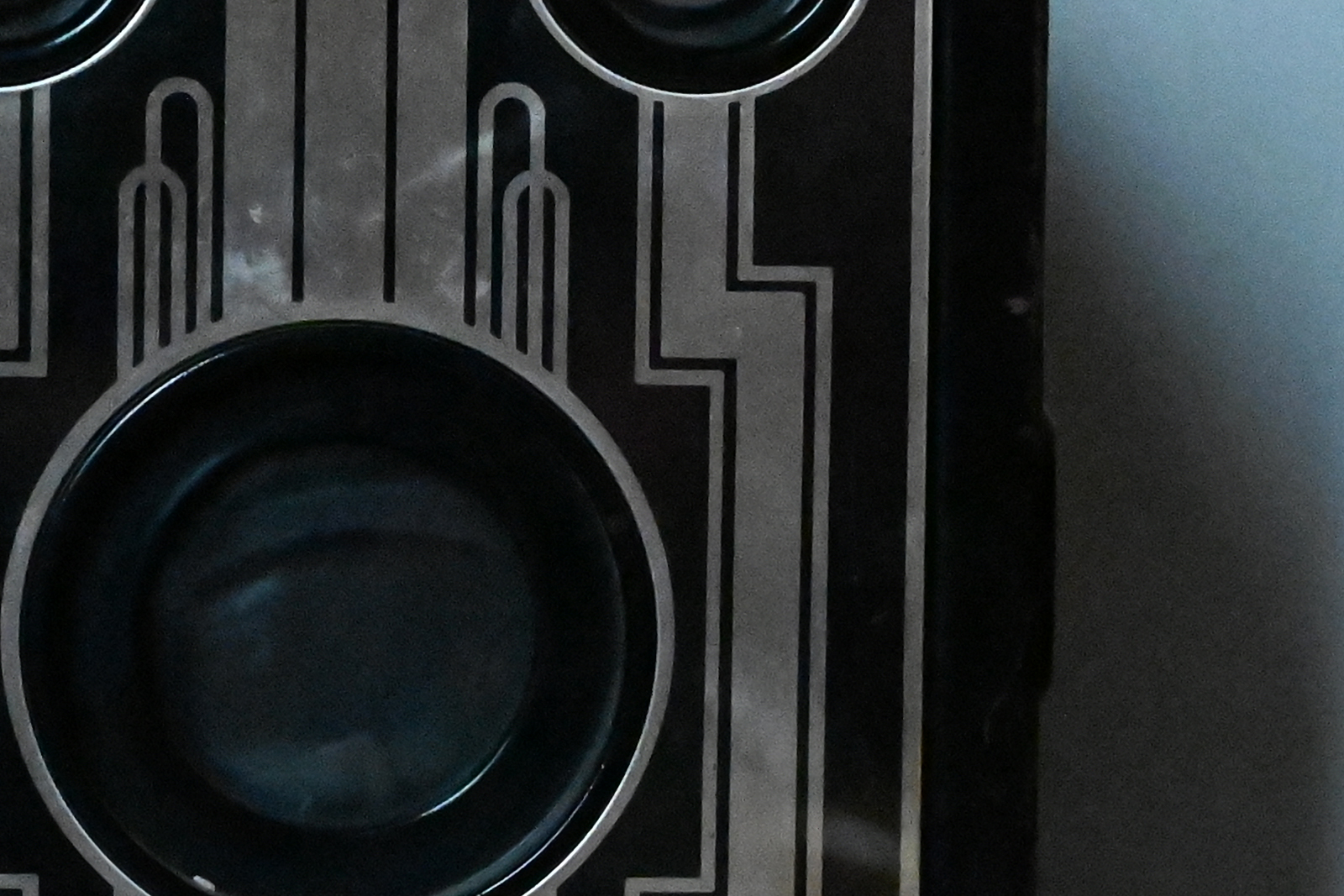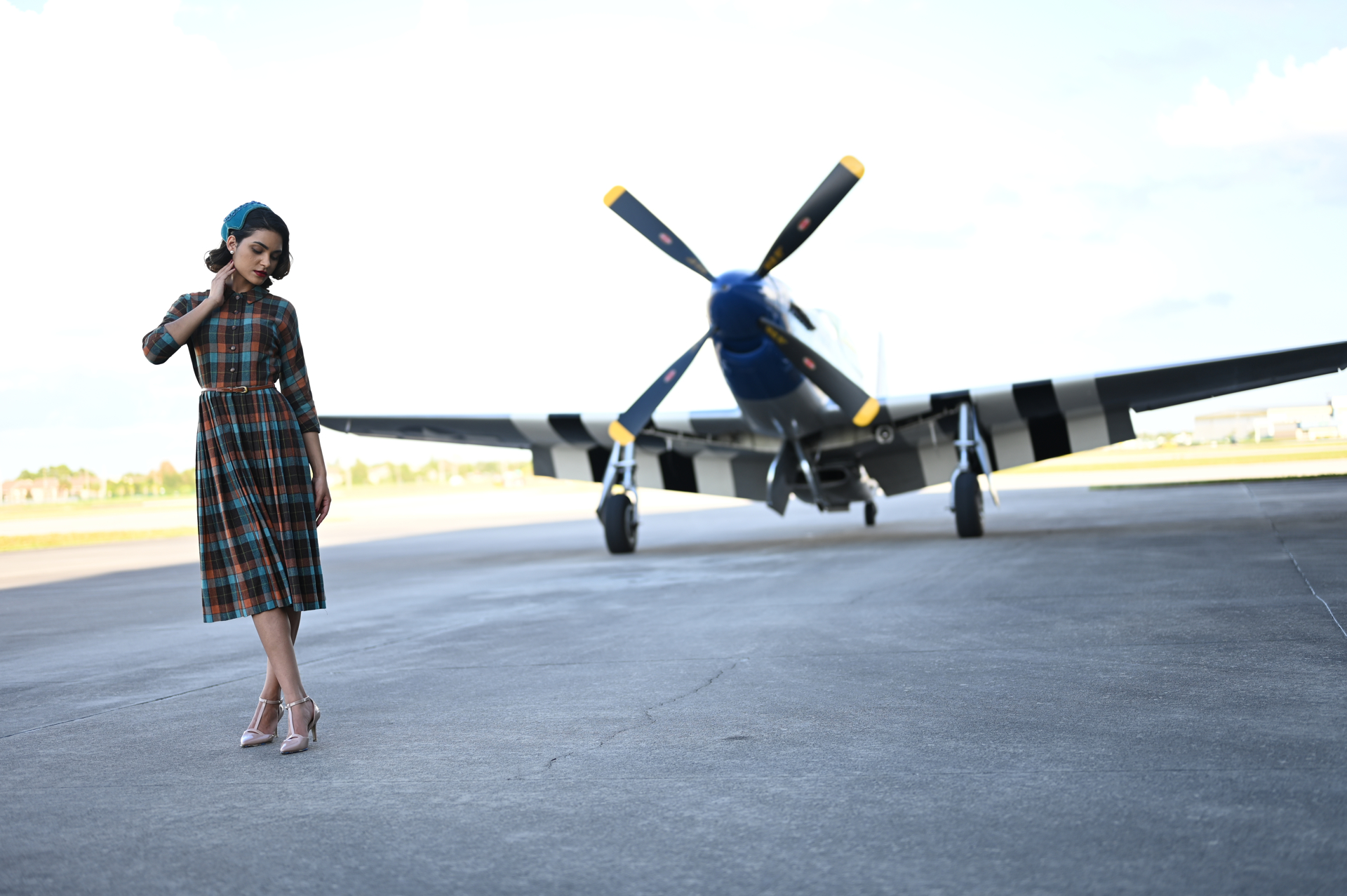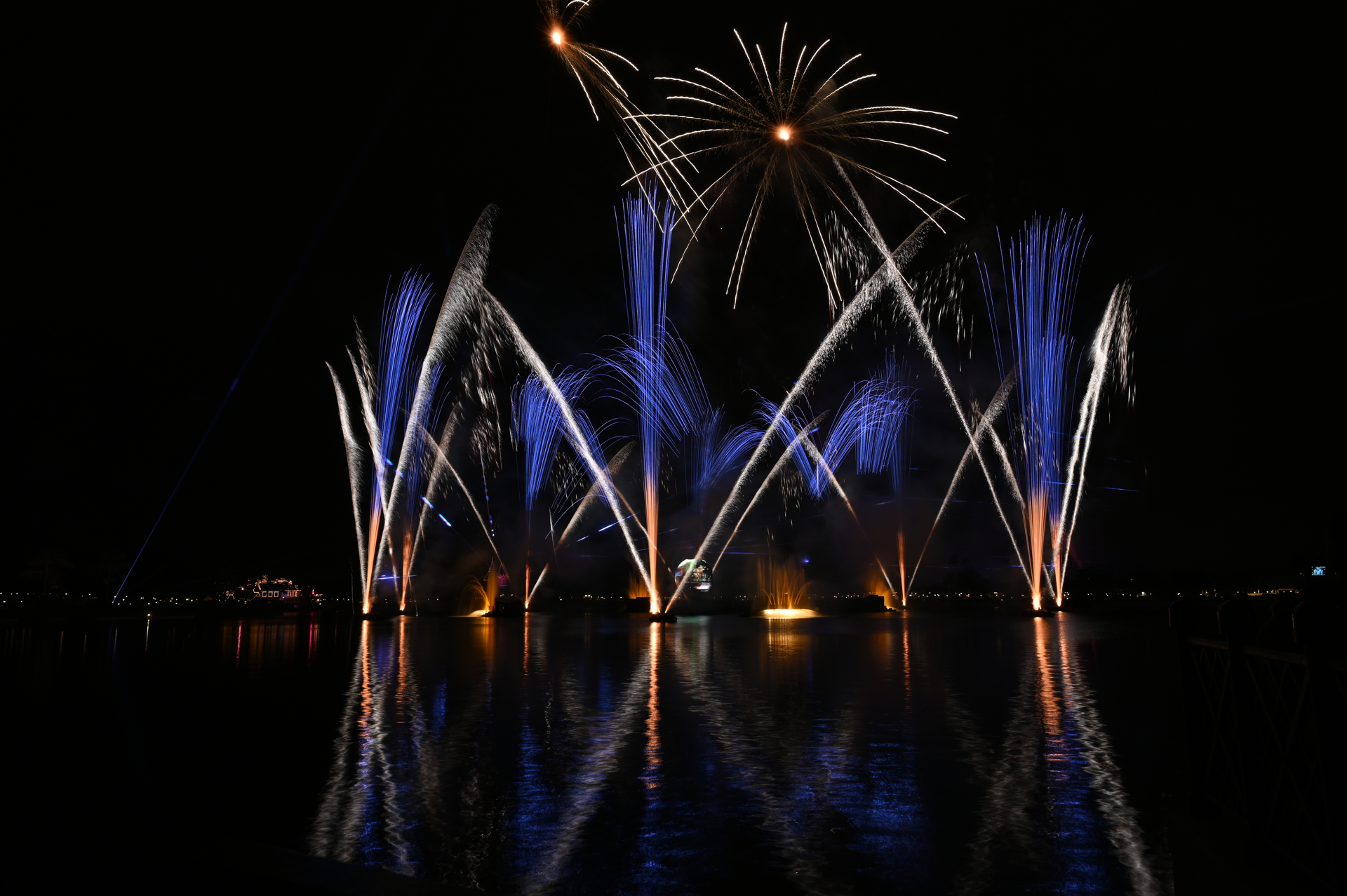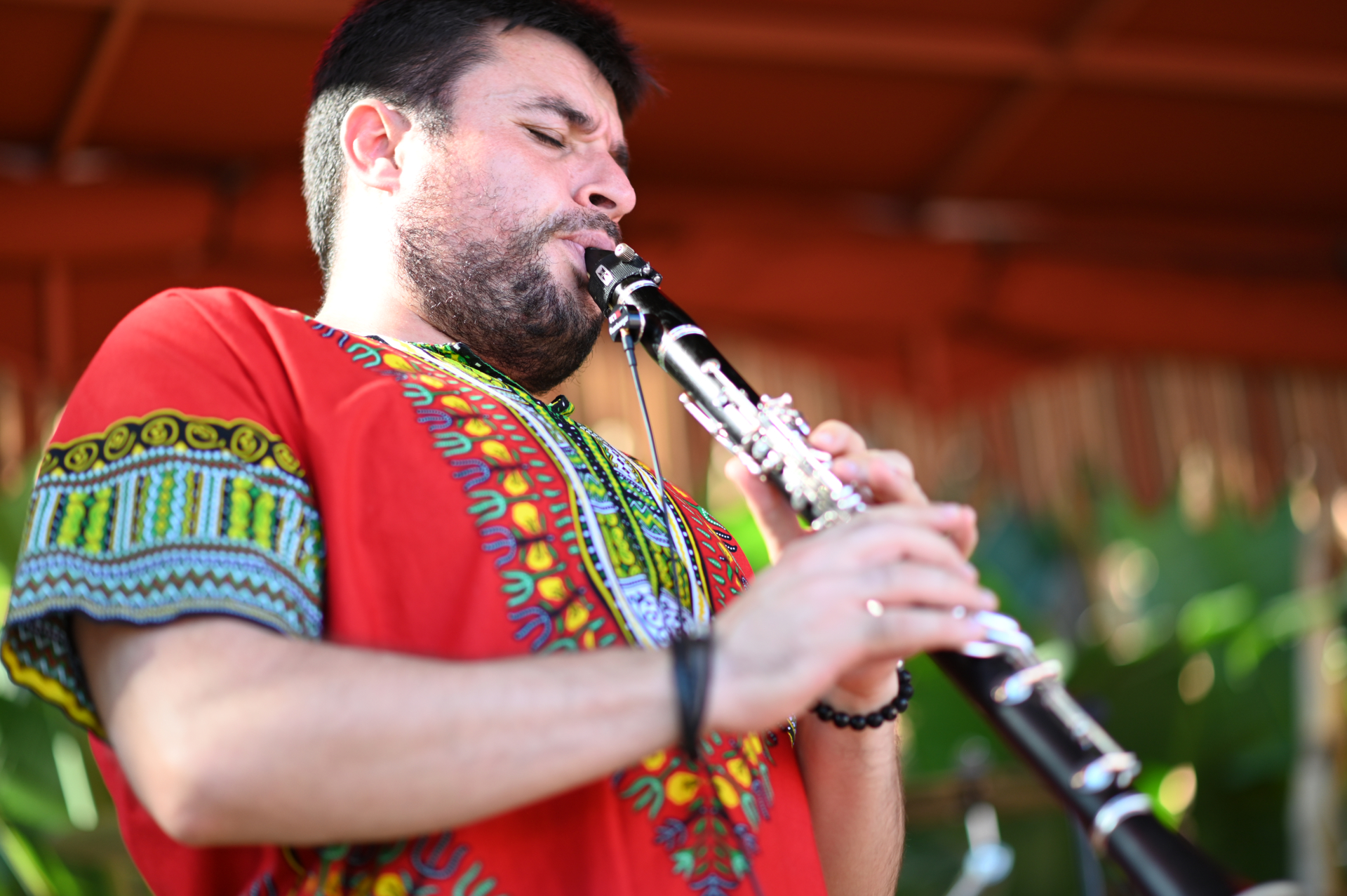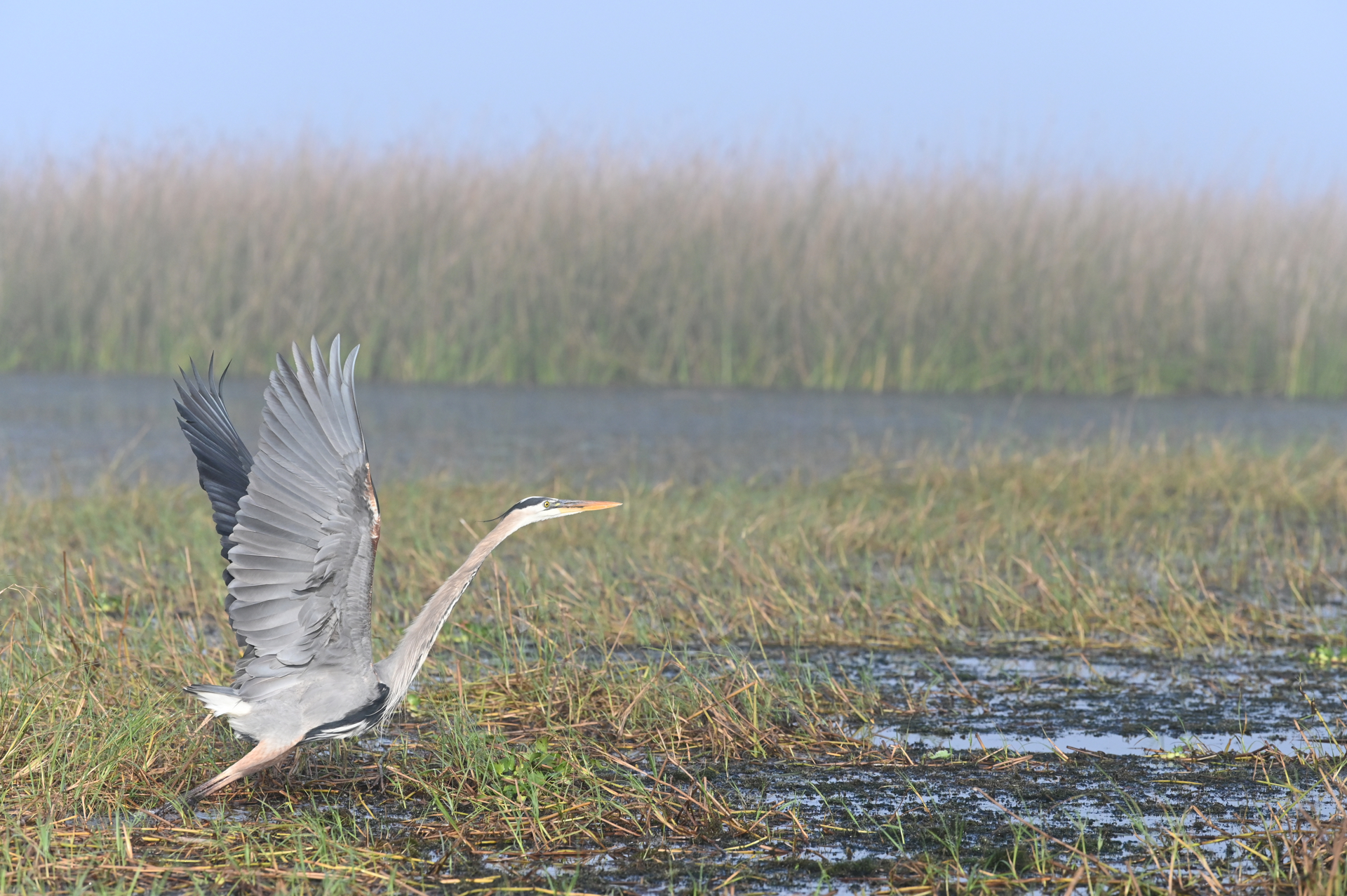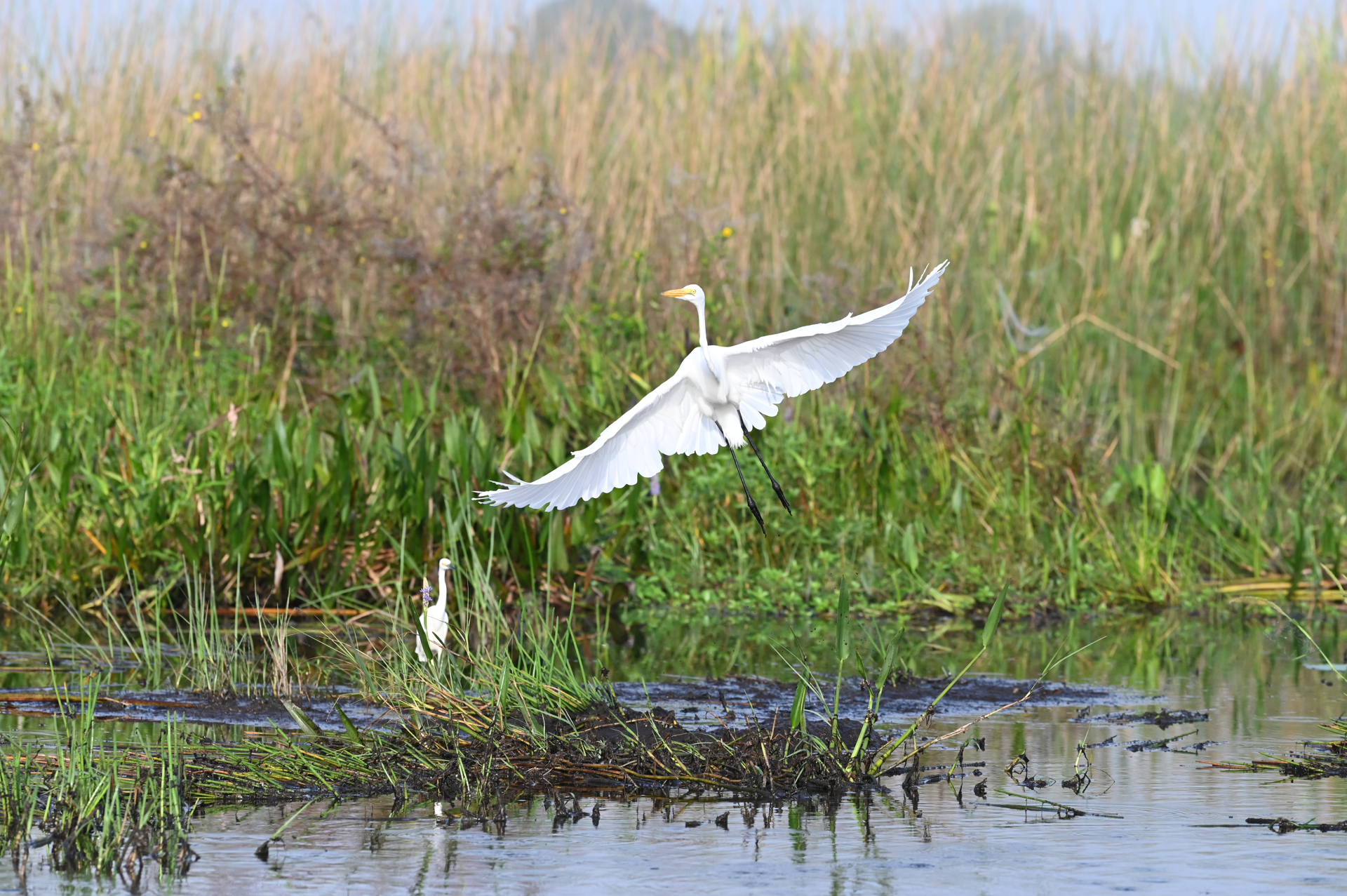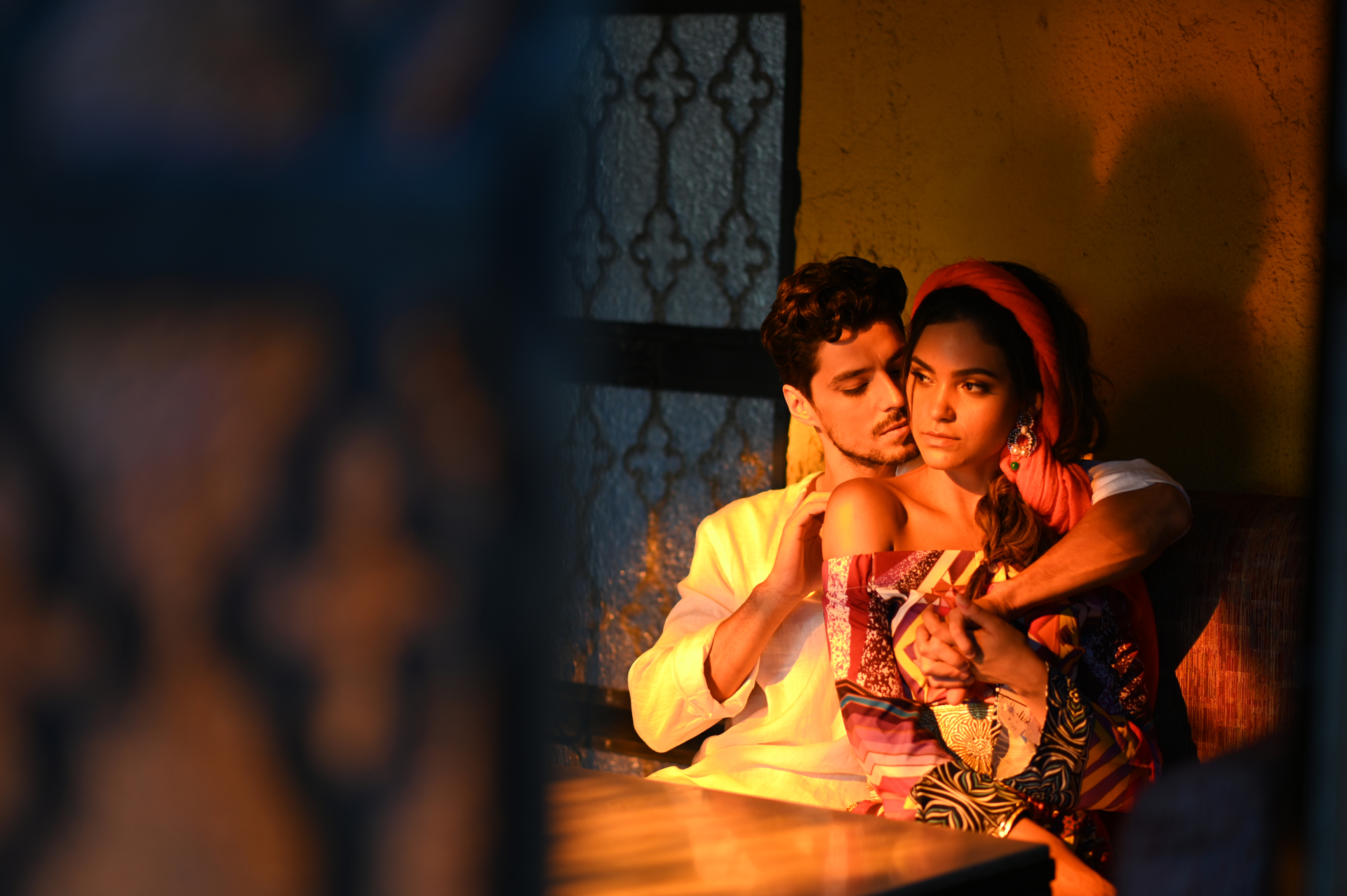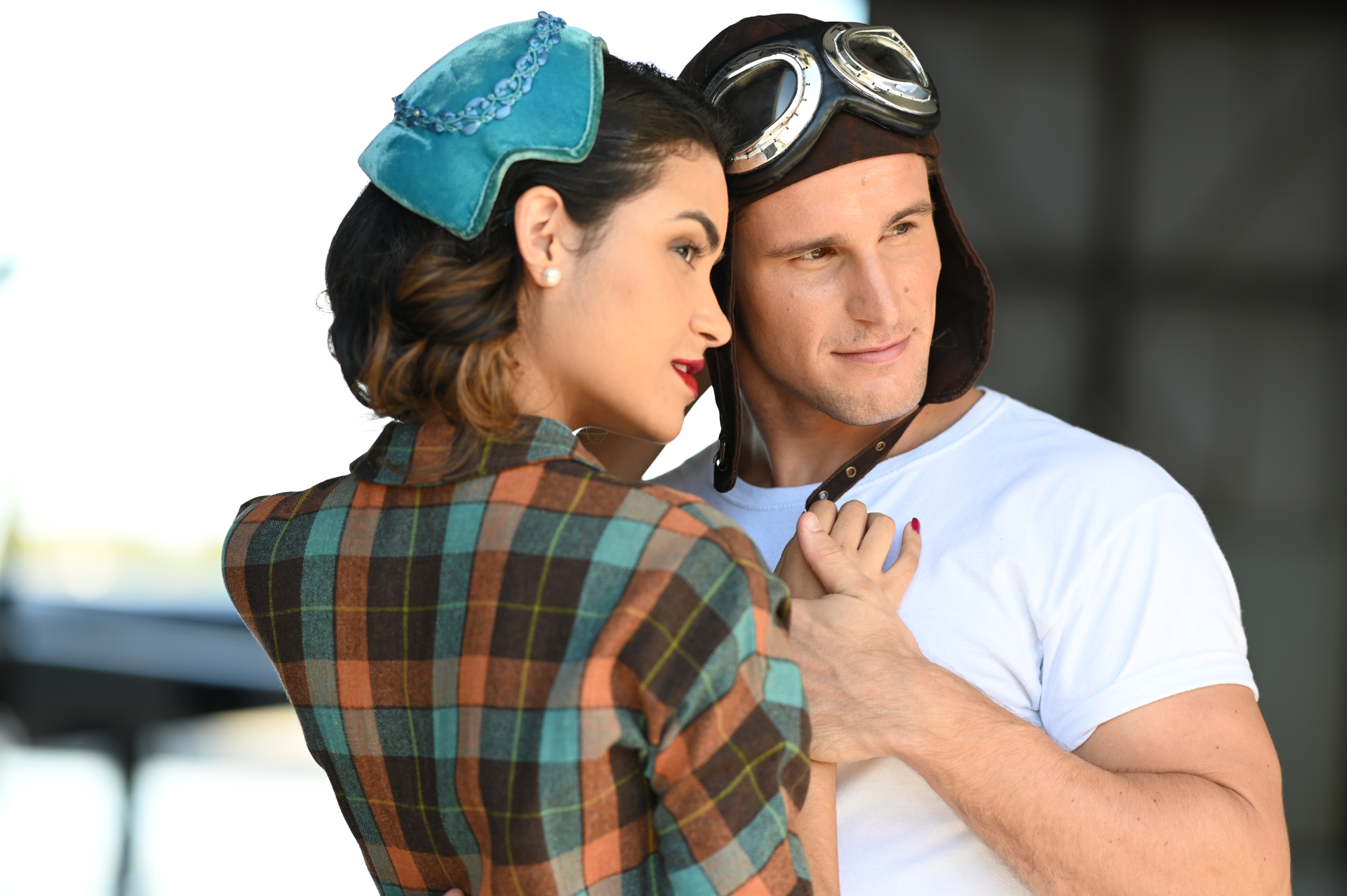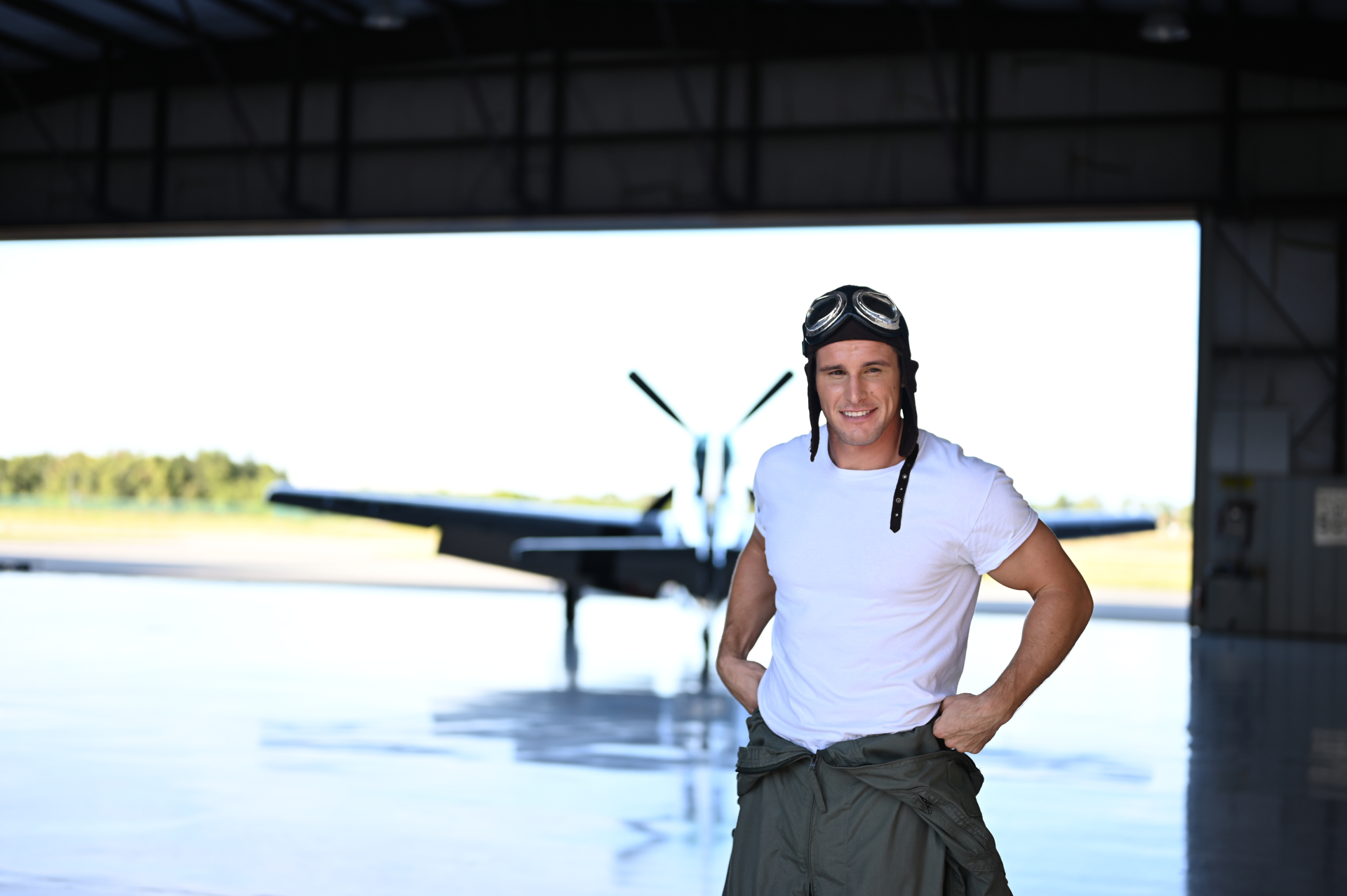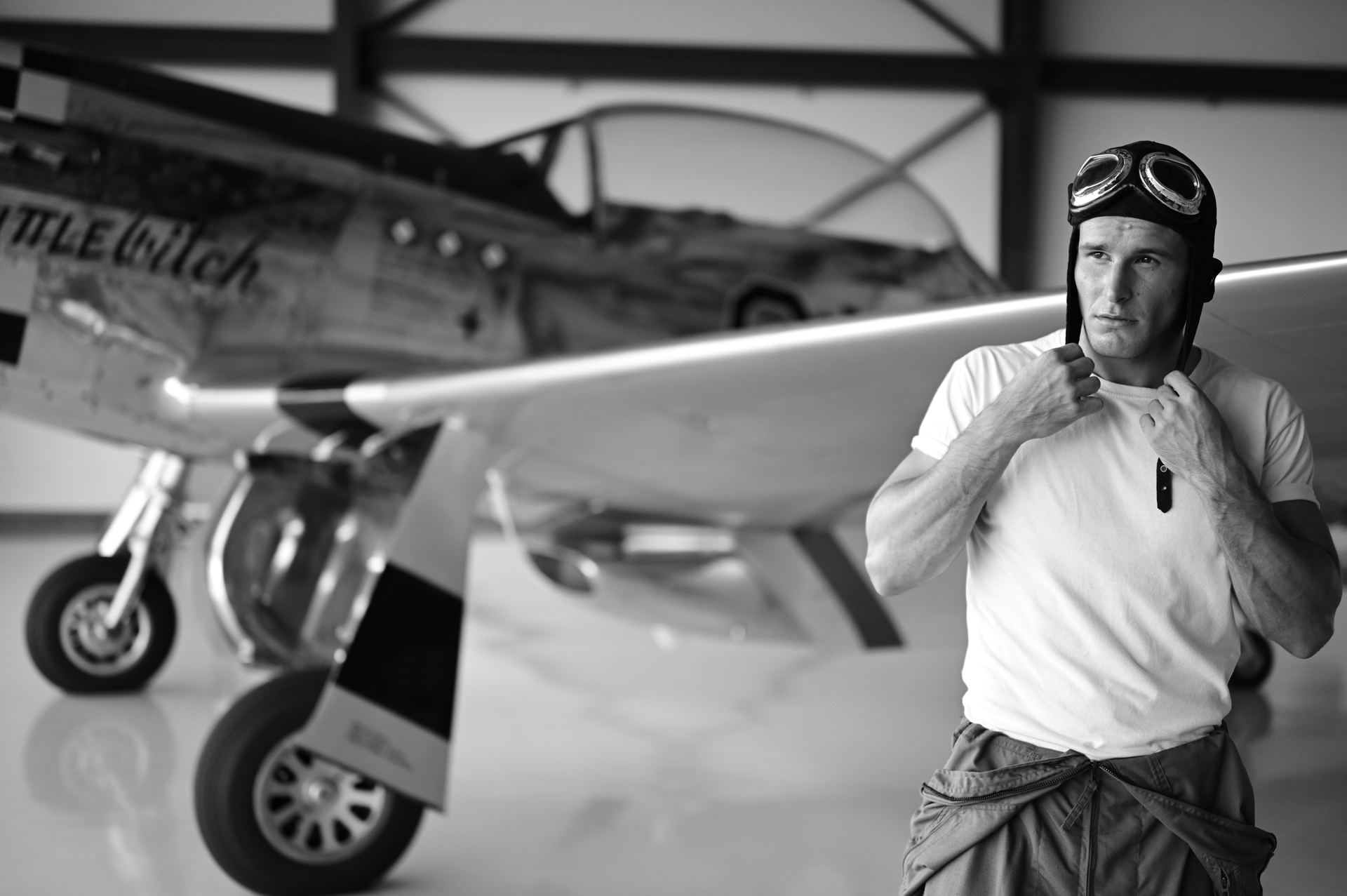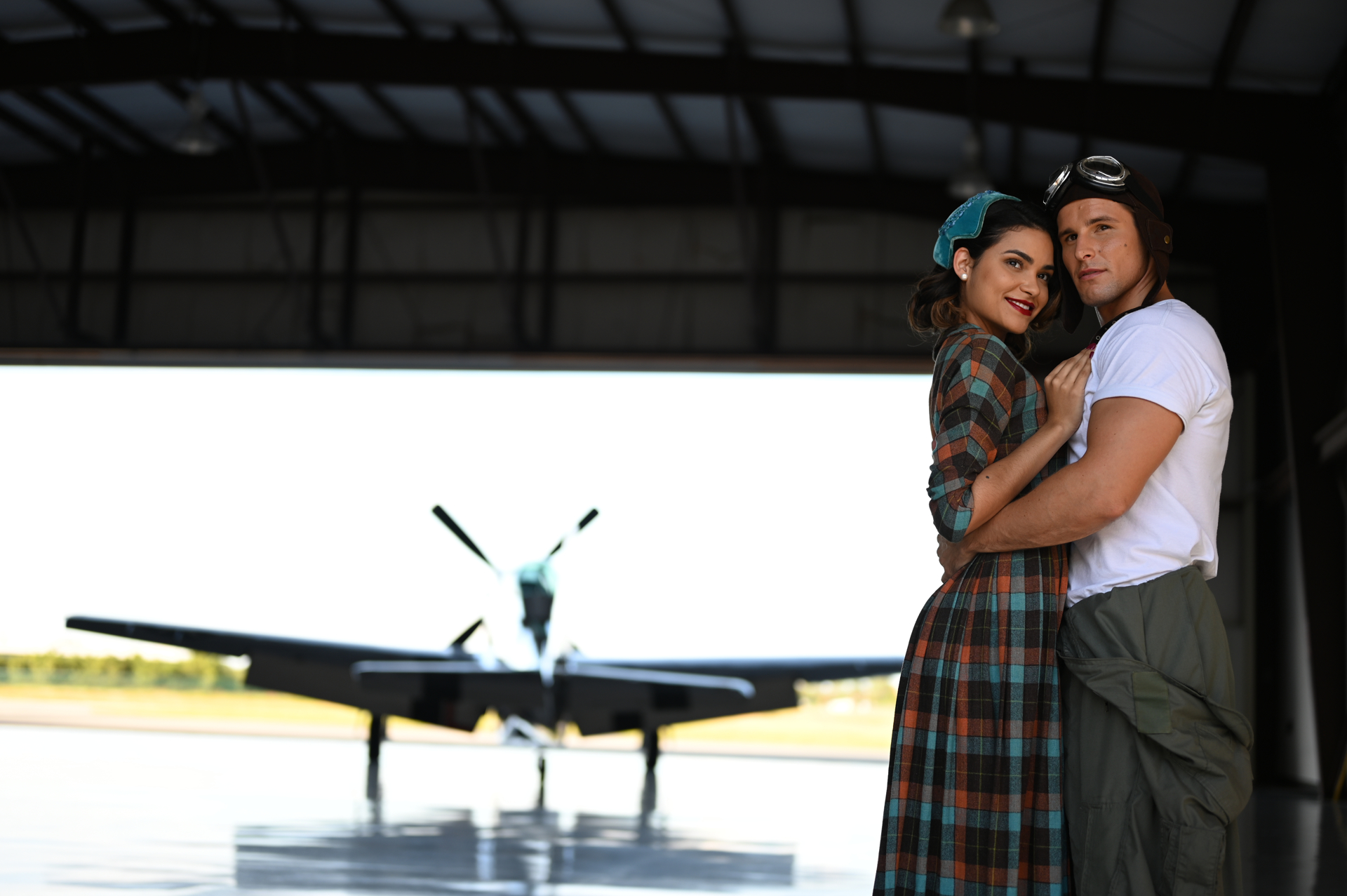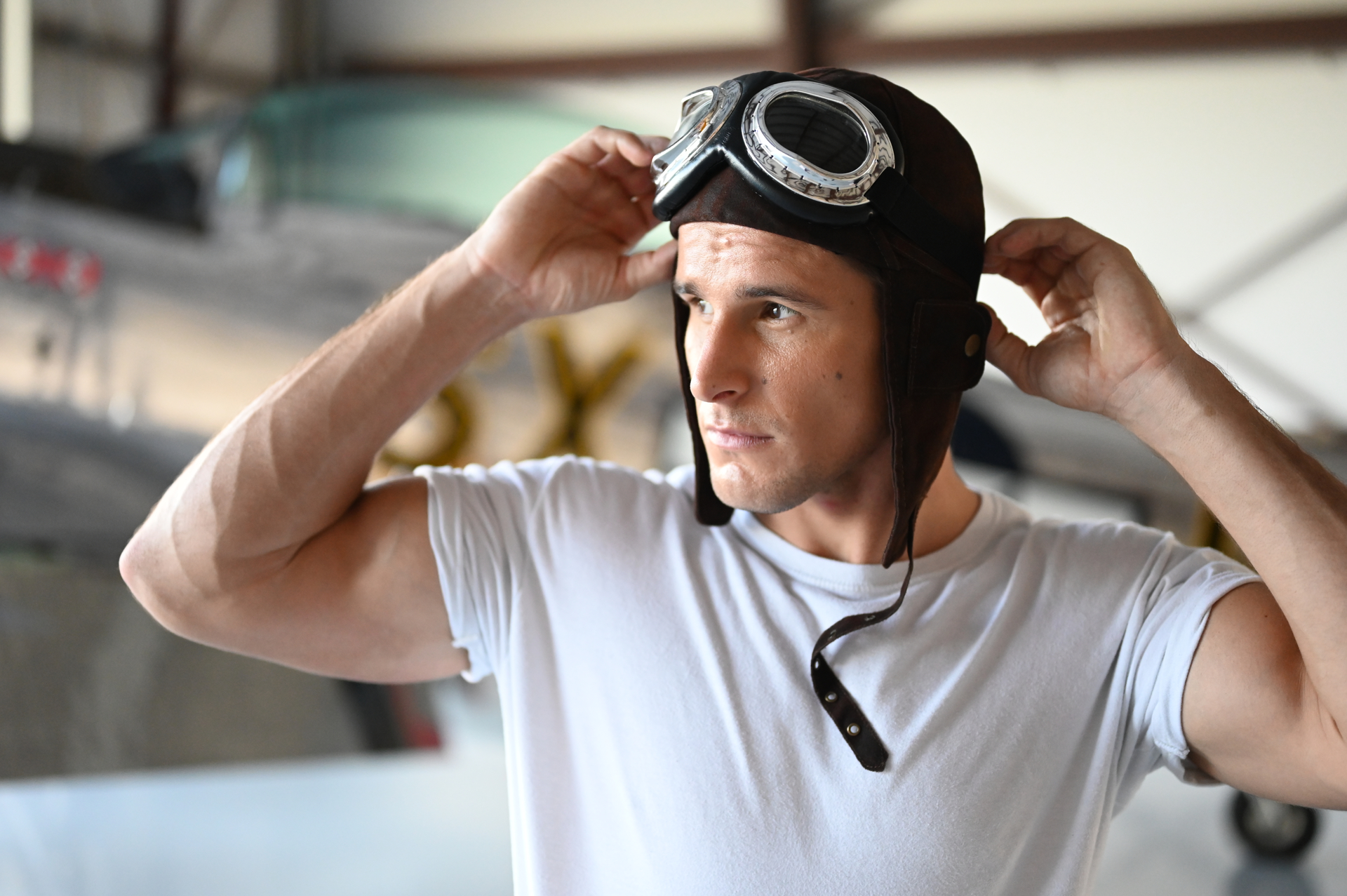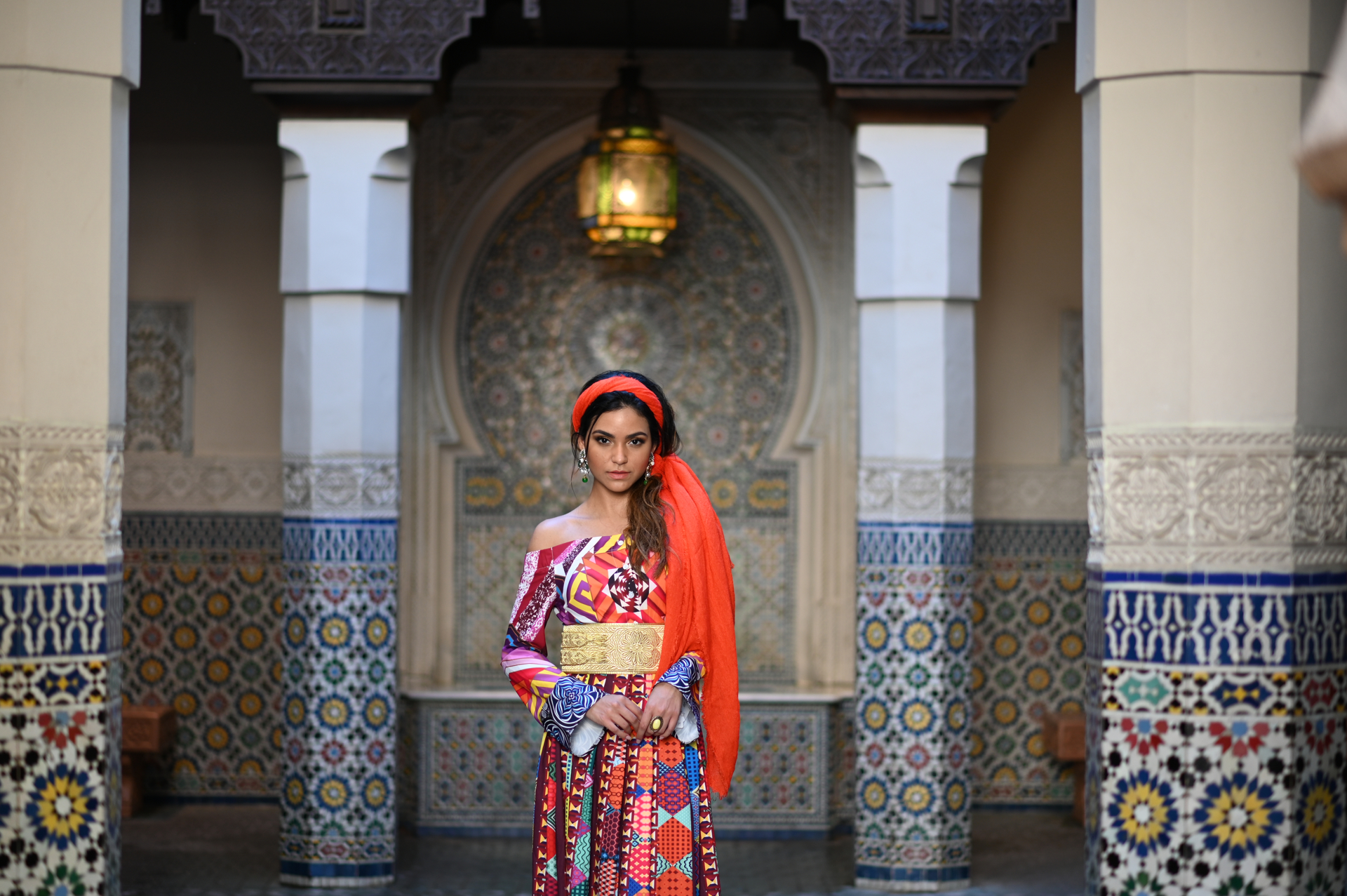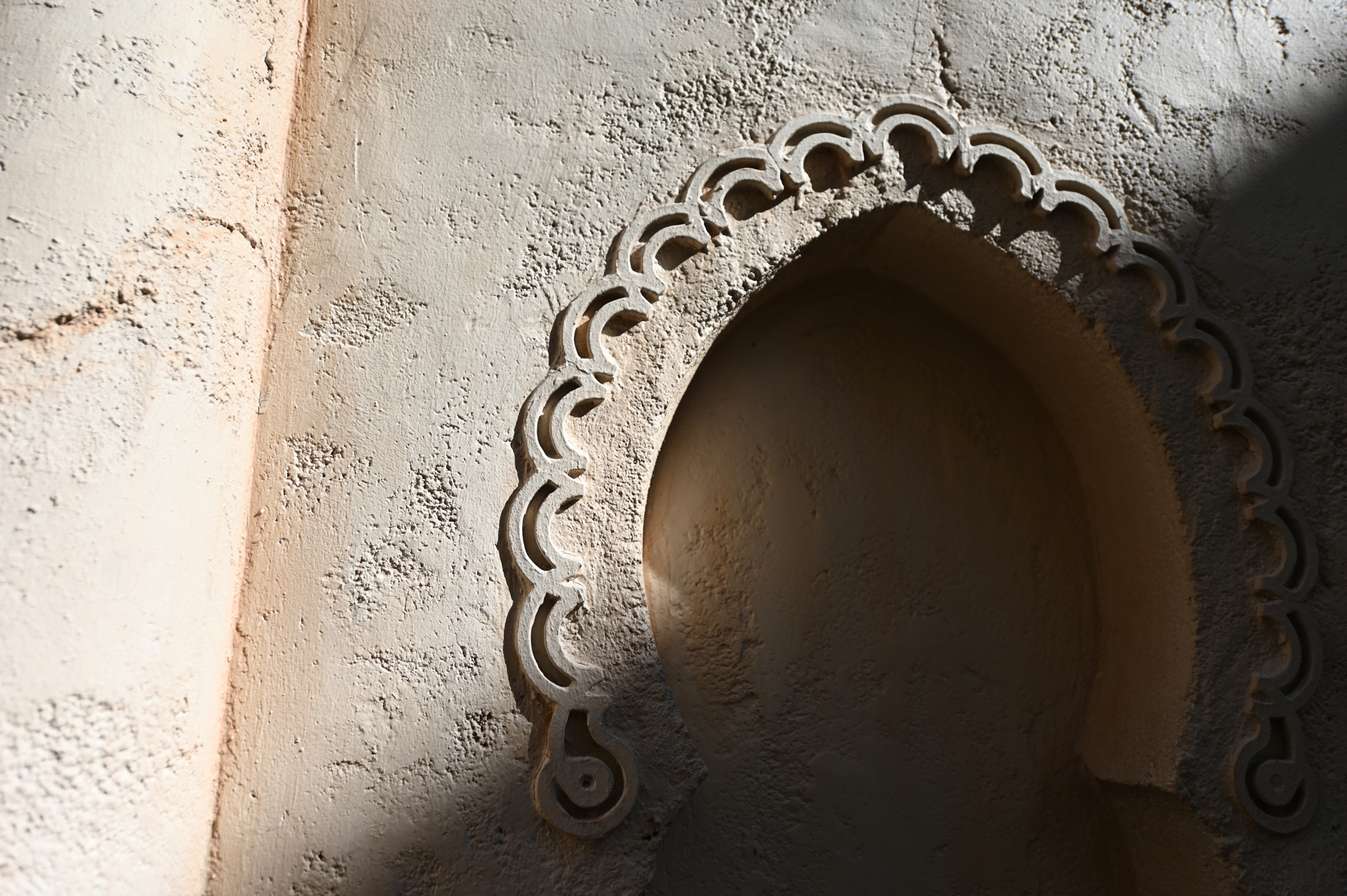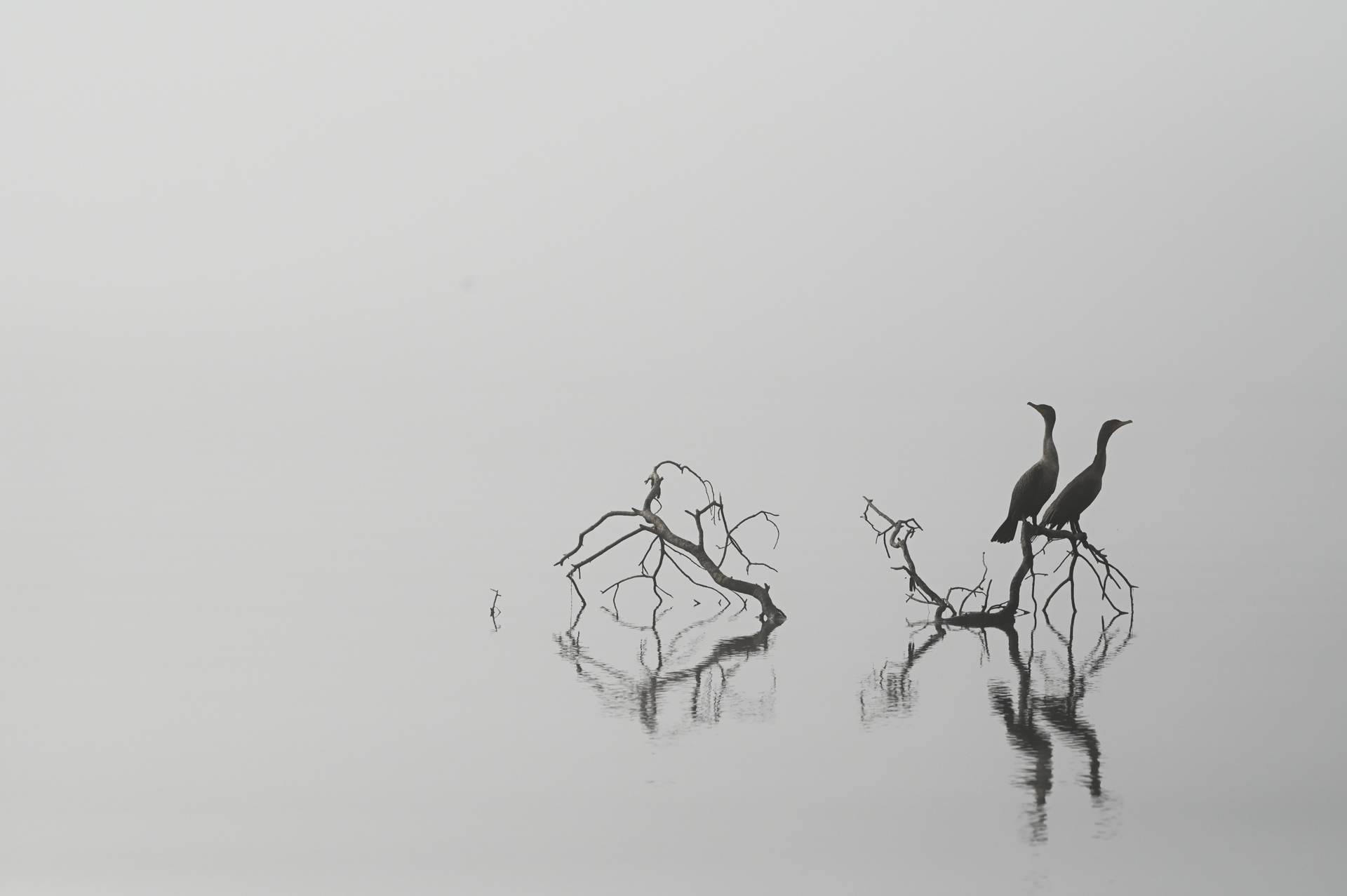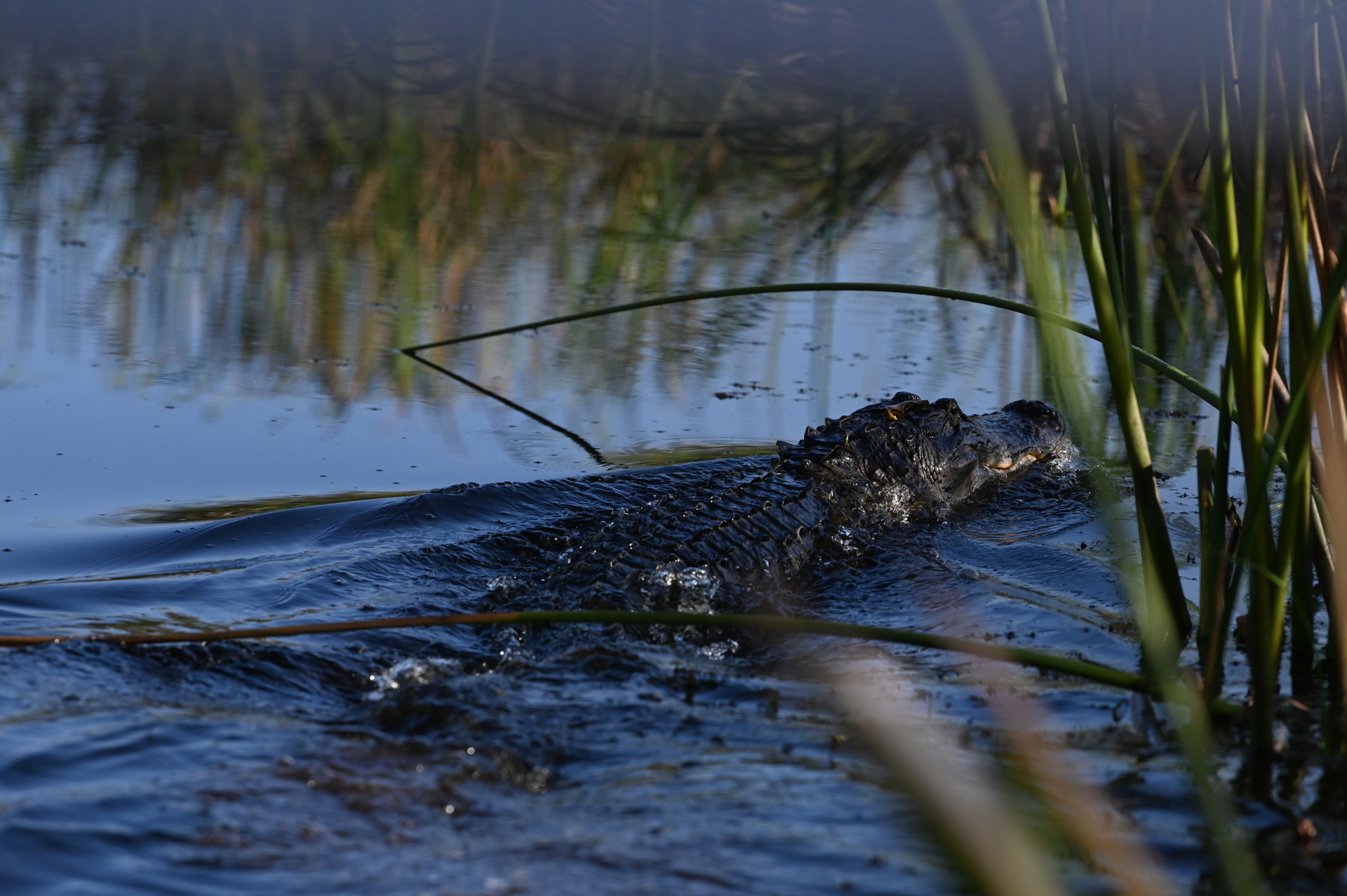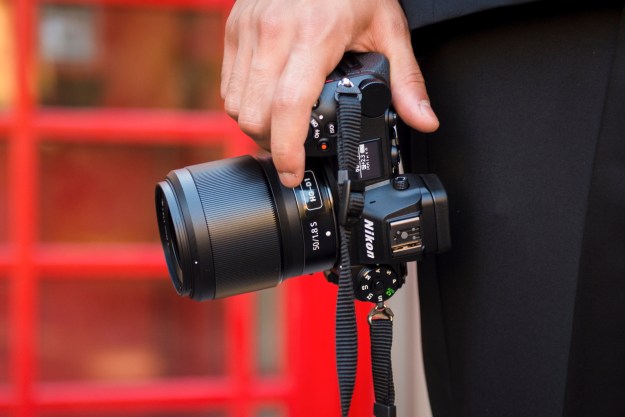
- Fast 12 fps burst
- Wider ISO range
- Excellent low-light images
- Attainable price point
- Great image quality
- Single card slot
- Autofocus not as strong as DSLR
The Nikon Z 7 was certainly the star of show when Nikon launched the mirrorless Z-series, but there was another camera sitting next to the spotlight: the Z 6. A little sibling to the Z 7, the Z 6’s full-frame sensor packs in fewer megapixels (24.5 versus 45.7), but it gets a boost in both shooting speed and ISO sensitivity. Sure, the Z 7 got all the attention because it was first to market, but the Z 6, which is otherwise identical in almost every way, is actually the more attainable and versatile of the two.
Combine that faster speed and higher ISO range with a $2,000 price (body only) and many photographers will find the Z 6 is the better choice. With the Z 7 still fresh on our minds, Nikon invited us out to spend the better part of a week capturing everything from birds to styled portraits with the Z 6 in Orlando, Florida. (Editor’s note: Digital Trends was part of a group of media invited by Nikon to test the Z 6, but our opinion is our own.)
The Z 7 isn’t the only camera the Z 6 has to share the spotlight with — that Nikon name on the front and red swoosh on the grip are built on decades of top-performing DSLRs. But in a number of different ways, the Z 6 easily ousts the company’s comparably priced DSLRs. The excellent in-body image stabilization is like nothing ever seen in a Nikon DSLR, and the rapid burst rate of 12 frames per second puts it in the territory of the mighty (and much more expensive) D5 — and significantly ahead of the Z 7’s 9 fps. And it does all of this in a lightweight, weather-sealed body.
But in other ways, the young Z 6 still has some growing up to do. The autofocus system, while better than expected, couldn’t quite match our trusty DSLR in the toughest low light conditions. The battery life isn’t as robust, and the single XQD memory card slot will be a pain point for some photographers. Still, the Z 6 puts more features in a smaller package, and it’s an excellent camera for many different uses. Since the launch, Nikon has been addressing some of those shortcomings with new firmware, including firmware 2.0 which adds eye-detection autofocus and expands low light autofocus sensitivity.
Design and handling: A near clone of the Z 7
Picking up the Z 6 shortly after handling the Z 7 brought on a serious case of déjà vu. The design of both cameras is nearly identical, with the same size and control scheme. Like the Z 7, the Z 6 doesn’t have quite as much space for physical controls as a DSLR, but for the most part, the camera is an easy transition for existing Nikon users.
- 2. Nikon Z 6
Like Nikon’s full-frame DSLRs and higher-end APS-C options, the top of the Z 6 has a secondary screen displaying vital shooting information. While not as big as the similar display on a DSLR, it still shows exposure settings, battery life, remaining space on the XQD card, and other important information. (Photographers moving from a Nikon DSLR may note the lack of an exposure meter as well as the missing metering mode icon.)
Near that secondary screen at the top of the grip is an array of controls familiar to anyone that’s used a Nikon DSLR — dual control wheels and a shutter button surrounded by the on/off switch. There’s a dedicated record button for video near the shutter button, as well as an ISO button. At the other end of the camera is a mode dial, which may seem a bit out of place for anyone familiar with pro-level Nikon DSLRs, but it’s also found on the Z 7.
More Nikon reviews
While the camera is down on dedicated controls compared to a DSLR, it does offer two customizable buttons at the front between the lens mount and the grip. We used these to set white balance and autofocus mode, but other options may work better for you. The buttons work with both control wheels — for example, when set to control autofocus, the front control wheel adjusts the focus area mode while the rear control wheel adjusts from single to continuous autofocus.
The back of the camera is largely taken up by the tilting touchscreen. While there’s a decent amount of physical controls for the smaller size, the touchscreen still proved useful for setting the focus point, swiping through images, and choosing options from the quick menu. An array of buttons, for basic settings and navigation functions, are positioned above and to the right of the screen. Like the D850 and Z 7, the Z 6 has a joystick for moving the focus point, which doubles as the autoexposure lock button.
The camera’s menu will feel familiar to any Nikon DSLR shooter. The “i” menu can also be customized to stash the most used options based on your shooting style. As with Nikon DSLRs, there are also user setting slots on the mode dial and a custom menu.

One of the best parts of the Z 6 is the 3.69-million-dot electronic viewfinder. While EVFs have some negatives compared to optical viewfinders, such as the additional battery drain, there are enough perks to negate them. Unlike an OVF, the EVF shows an accurate preview of the image, including the exposure and white balance, which is a great tool for novices but beneficial for experienced shooters, as well.
With exposure preview on, the EVF showed an accurate image up to about +/- 3 EV in any automatic exposure mode. Beyond that, it didn’t accurately show the exposure. However, in manual exposure, the EVF continued to display an accurate exposure, even when the image was entirely blown out or completely black.
We found the Nikon Z 6’s performance to be at least 90-percent comparable to a high-end DSLR.
The thinnest part of the camera is less than an inch deep, but the substantial grip feels very similar to a DSLR and the protrusion of the EVF makes the body a little larger than you may expect for a mirrorless camera. Still, it will take up less space in a camera bag compared to an entry-level full-frame DSLR, like the D610, though not by a dramatic amount.
The Z 6, as with the Z 7, is actually thinner than most tripod quick release plates. That presents a problem when using the FTZ lens adapter because the plate may prevent the adapter from being mounted to the camera. (The FTZ lens adapter lets you use Nikon’s F-mount DSLR lenses on Z-series cameras.) Fortunately, there’s a tripod mount on the adapter itself, but this could be a bit cumbersome if you’re swapping between native and adapted lenses during a shoot, which would require you to continuously move the quick release plate.
The smaller size belies the weight. There is only about a 6-ounce difference from a full-frame DSLR like the D610. But the camera was easy to tote around and — with a Z-mount lens — easy to shoot with for long periods. A 6-ounce weight difference may not seem significant on paper, but it makes a difference in practice. Shooting with a Z 7 felt comparable to shooting with an APS-C DSLR.

Nikon says the Z 6 has the same amount of weather sealing as the Z 7, which is to say it’s very good. We shot in the rain with the Z 7 with no issues, and shot with the Z 6 in heavy snow without any problems.
Nikon rates the Z 6 battery at 300 shots, but as is often the case, that is a gross underestimation. We shot 1,000 images before needing to switch out the battery. To be sure, many of those were in burst mode — you won’t get quite so many if you’re reviewing images frequently or diving into the menu between frames. Battery performance varies based on settings and how you use the camera, and relying on the EVF will drain it more quickly than using just the LCD monitor.
While the design of the Z 6 is solid, we wish Nikon had been able to incorporate an additional memory card slot. Switching the quick release plate for a tripod from the bottom of the camera to the adapter when switching to a legacy lens was also a bit annoying. However, aside from those small issues, the design is incredible for a first-generation product and the ergonomics are among the best we’ve ever used on a mirrorless camera.
Stabilized sensor
To say we were impressed with the 5-axis sensor-shift stabilization is an understatement. Keep in mind, before the Z-series, Nikon had never done in-body stabilization at all, but the system in the Z 6 is as good as that in any Sony Alpha camera, with up to 5 stops of shake reduction. We shot sharp photos at shutter speeds as slow as 1/8 second by bracing our elbows on a railing, and at 1/20 second without any support whatsoever.

But the perks of in-body stabilization go beyond just handheld low light photography, and work with both native Z lenses and adapted F-mount lenses. With the heavy Nikkor 105mm f/1.4, a non-stabilized lens, we battled motion blur more often than not when shooting it on a Nikon DSLR at 1/100 second. On the stabilized Z 6, however, sharp results were easy to obtain even at 1/60 second. The stabilization is also a huge help when shooting video.
Snappy performance
Mirrorless cameras have been rivaling DSLRs in image quality ever since Sony released the first full-frame A7 in 2013, but many DSLR purists are usually wary of switching due to a perceived performance disparity. Based on our real-world testing so far, we find the Z 6’s performance to be at least 90-percent comparable to a DSLR.
The Z 6’s autofocus isn’t perfect, but shows significant improvement over the Live View autofocus on Nikon DSLRs.
The camera is quick. The 12-fps burst speed comes with fine print — live view is disabled — but, impressively, continuous autofocus is available. If you need live view, you’ll need to drop it down to 5.5 fps — but shooting without live view, where you see the frame shortly after it’s been taken, is suitable so long as the action is predictable.
On the downside, the buffer fills up after only 15 shots (in RAW) at that maximum burst rate, but the fast XQD card helps clear the buffer quickly so you can start a new burst shortly after. At slower continuous speeds, you’ll get as many as 40 images in one sequence.

Other than shooting speed, one notable difference between the Z 6 and Z 7 is the autofocus. The Z 6 uses a 273-point autofocus system versus the Z 7’s 493 points. Fewer focus points could mean lower accuracy, but in most scenarios, the Z 6 locked on quickly to both moving and stationary subjects and gave great results. From portraits to birds in flight, it performed just as we’d expect a Nikon DSLR to perform.
While the autofocus system is good, it’s not great. It does well most of the time, but can struggle in the most trying scenarios. In low light, subjects that lack contrast prove challenging. On a backlit dance floor, the Z 6 took longer to focus than a less expensive Nikon crop sensor DSLR.
Nikon DSLRs are renowned for their low-light autofocus performance, so it’s a bit disappointing to see the Z series doesn’t quite live up to that same standard. Firmware 2.0 improved low light autofocus detection for the Z 6 to -3.5 EV, or even -6 EV when using the special low light mode. This is notably better than the Z 7’s -2 EV.
While the enhancement is good to see, the update doesn’t appear to affect autofocus speed in low light. The Z 6 will now achieve focus where it previously could not, but it still needs some time to lock onto the subject. And if you’re photographing moving subjects, that slower performance can be an issue. The Nikon D850, in comparison, can focus down to -4 EV and locks on fast enough to photograph action, specifically dancing in a dimly lit reception hall, as we found in our testing. For most photographers, the Z 6 autofocus is totally fine, but for some of the most demanding scenarios in limited light, we still prefer a DSLR.
Unfortunately, the Z-series also doesn’t support the AF assist beam on Nikon flashes, another strike against the low light autofocus performance when compared with a DSLR. Even when flash isn’t required or wanted, photographers still often use one for that assist beam alone — but here, it won’t help you.
Firmware 2.0 also added eye detection autofocus, which follows a similar theme of good, but not great. The eye AF does well at locking onto stationary subjects, but it doesn’t quite keep up with a moving subject in real time. Eye AF is activated within the auto-area AF mode, a mode that otherwise focuses on the closest subject to the camera. In scenes with a busy foreground, we found the Z 6 occasionally still focused on whatever object was closest, rather of the eyes of our subject a bit farther away.
When the subject’s eyes are smaller than an individual autofocus point, such as for full body portraits, the autofocus switches to a face detection.
Standard continuous autofocus works quite well, but the 3D tracking autofocus — long a core competency of Nikon’s DSLRs — is less than stellar. The tracking is a bit slow to follow the subject, and if the subject leaves and re-enters the frame, the camera didn’t pick up on it. It’s fine for some subjects, but it didn’t seem to deliver reliable performance, another big difference compared to Nikon DSLRs.
For video, the Z series adds a continuous autofocus option. While Nikon DSLRs have sported full-time autofocus (AF-F) since the D7000, the AF-C option allows you to choose when to refocus — the camera will only continually focus when the shutter release button is pressed halfway. This lets you keep up with a moving subject, but lock the focus when the subject stops moving.
Image quality
The Z 7 may be the camera for maximum detail, but the Z 6 is the camera for low light. Fewer megapixels on the sensor means larger pixels, which help gather more light and create less noise at high ISOs. The Z 6 has some of the best high ISO images that we’ve seen from Nikon yet. Nightlife and fireworks images show solid contrast and limited noise.
The Z 6 has a higher native ISO range than the Z 7, going up to 51,200 (the Z 7’s native range tops out at 25,600). On the JPEGs, even at a 100 percent crop, it’s difficult to detect noise at ISO 800. Noise is very slight at ISO 1,600 and ISO 3,200 and 6,400 are more than useable. Without processing from the camera, the RAW files have a bit more noise but the grain is easily handled in post, still obtaining excellent results at ISO 6,400. While ISO 12,800 certainly has some noise, we were able to push the RAW file back down to an acceptable level with image editing software without creating a horribly muted look. Lower ISO images were certainly better, but the Z 6’s ISO 12,800 is one of the best we’ve seen.
The Z 6 also delivers impressive colors that feel true to the scene, with great skin tones. JPEGs show excellent color even using the default color profile. RAW files offer the versatility that we’d expect from a full-frame camera.
Nikon says the shorter flange distance of the new Z-mount makes it easier to design sharper lenses, and we haven’t spotted anything to the contrary. The Z 6 doesn’t have the same level of detail that the pricier Z 7 offers, but photos are still excellent, considering the price point and specifications. 24 megapixels is plenty for most people and most subjects. The native Z-mount lenses appear to offer a boost in sharpness, while DSLR lenses mounted using an adapter don’t appear to suffer any loss in quality — and occasionally get a nice boost thanks to the in-body stabilization.
Video quality
One of the most surprising introductions on the Z-series is the enhanced video mode, which is more capable than what we’ve seen on any Nikon DSLR. For the first time, Nikon included a logarithmic tone curve (aptly named N-Log to set it apart from Canon’s C-Log and Sony’s S-Log) and 10-bit video. The caveat is that those high-end features are only available when recording externally via the HDMI output; internally, the camera is limited to 8-bit video and the regular assortment of normal color profiles.
For internal recording, the Sony A7 III — the Z 6’s closest competitor — is also limited to 8-bit, but offers S-Log and Hybrid Log Gamma and myriad other options that can be customized. However, with an external recorder, the Nikon actually produces better results as the Sony can’t do 10-bit video, externally or otherwise. We’re quite impressed that Nikon has taken video so seriously with its mirrorless cameras, especially with a first-generation model. Yes, Nikon now makes a camera that even serious videographers should be quite happy with.
Warranty information
Nikon offers a 1-year warranty on all new camera bodies.
Our Take
With better low light sensitivity, faster performance, and a lower price, the Z 6 stands out from its higher resolution peer. Image quality is excellent, the design is both rugged and comfortable, and the in-body stabilization breathes new life into Nikon’s F-Mount lenses when used with the FTZ adapter. The autofocus isn’t quite as capable as a high-end DSLR’s in the most trying scenarios, but still performed better than we expected for a first-generation mirrorless camera — especially considering Nikon hadn’t even done on-sensor phase-detection autofocus before now.
As the lower priced option, the Z 6 could easily be an excellent camera for enthusiasts as well as professionals who prioritize speed and low-light performance over resolution. The autofocus does a little better in low light, while the lower resolution allows for less noise and a wider native ISO range.
Is there a better alternative?
In the span of just a few months, the full frame mirrorless category became crowded. The Nikon Z 6, however, has the in-body stabilization and faster frame rate compared to Canon’s entry into the category, the EOS R. Sony’s comparably priced A7 III has a few more features to offer like dual card slots, longer battery life, and a better autofocus system. As the more established system, it also has more native lenses available, but it doesn’t support existing DSLR lenses as well as the Z 6. We also prefer the ergonomics, menus, and viewfinder of the Z 6, which has over a million more pixels than that of the Sony.
Should you buy it?
Like any camera, what’s best for one photographer may not be best camera for another. If you are looking for a mirrorless camera for travel, portraits, street, or landscapes and already have a good collection of Nikkor lenses, buy the Nikon Z 6. But, if you need snappy autofocus performance on a dark, low contrast scene like a dance floor, a Nikon DSLR is still your best bet (for now).
The Z 6 retails for $2,000 body-only, $2,600 with the 24-70 f/4 lens, or $2,840 with the 50mm f/1.8 lens and an FTX adapter. The FTZ adapter retails for about $250 if sold separately.
Update: Firmware 2.0 added eye AF and improved focus sensitivity in low light scenes. Our experience testing the new firmware has been added to the performance section of this review.
Editors' Recommendations
- Best Sony A7 III deals: Save $300 on the full frame mirrorless camera
- Vloggers, Nikon has built a new camera just for you
- Nikon launches the Z9, a pro-grade camera without a mechanical shutter
- The Nikon Z 7 II and Z 6 II are coming October 14: Here’s what we want to see
- Nikon’s latest optics offer features unique to the Z lens line













